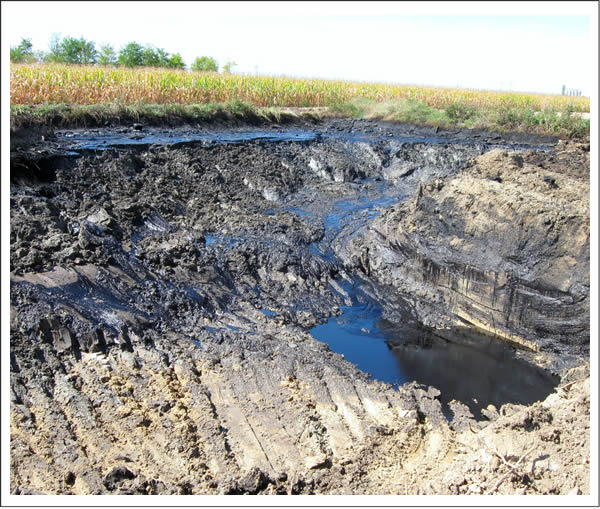Contamination assessments
As the definition goes, contamination is the action or state of making or being made impure by polluting or poisoning. As such, contamination identifies an impurity or undesirable elements that have corrupted, infected, and makes unfit or inferior a material such as the natural environment. Contamination can occur in the land and groundwater from previous land uses and activity. Knowing more about the history of the land is highly recommended to identify potentially contaminated land.
The National Environmental Protection (Assessment of Site Contamination) Measure defines contamination as:
'The condition of land or water where any chemical substance or waste has been added as a direct or indirect result of human activity above background level and represents, or potentially represents, an adverse health or environmental impact'.
Contaminated sites can impact human health and the environment in a variety of ways, depending upon type, concentration and locality of contamination, the exposure mechanism, and the level of exposure. Substances like lead and other heavy metals, pesticides, asbestos, chemicals, and hydrocarbons are among some things that can cause contamination.
It can be caused, by chemical leaks or spills, poor waste management practices, incomplete combustion of fuels, exposing acid sulfate soils to oxygen (when excavating soil), poor demolition practices and many other activities. Sites that have been contaminated are frequently discovered during changes to land use, such as industrial to residential use or residential use of agricultural lands. Therefore, testing for contamination and reporting will be required.
In some instances, sites can present an unacceptable risk to human health or the environment and must be dealt with as a priority. Such sites are typically subject to clean-up notices and/or management under EPA directions.
Our professional service is within the scope of a Certified Professional Soil Scientist (CPSS-Soil Science Australia). Supporting qualifications include Master of Sustainable Agriculture, PhD environmental studies, and maintaining the speciality requirements when accredited for Contaminated Site Assessment and Management (CSAM- Soil Science Australia).
CESsoils provides the assessment of sites that can be contaminated by testing the soils, assessing the history of the site, then developing a conceptual site model and reporting as set out by the best practice. We report on Preliminary Site Investigations, Detailed Site Investigations, Site Remedial Action Plans, Site Verification and Validation, and Waste Classification according to the guidelines set out by EPA NSW under Consultants reporting on contaminated land.
Projects
- Austral Contamination (click to open)
- Blackheath Development (click to open)
- Kanimbla Development (click to open)
- Orange Soil Testing (click to open)


